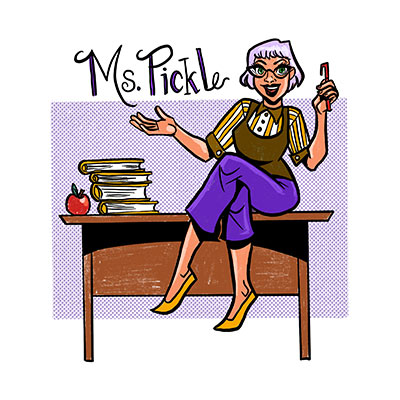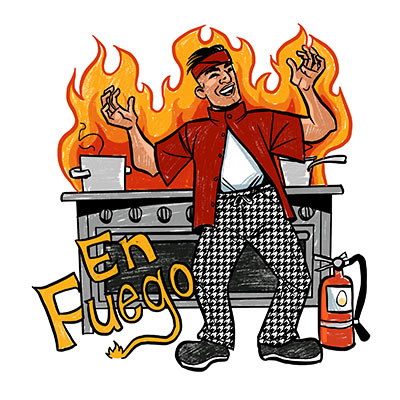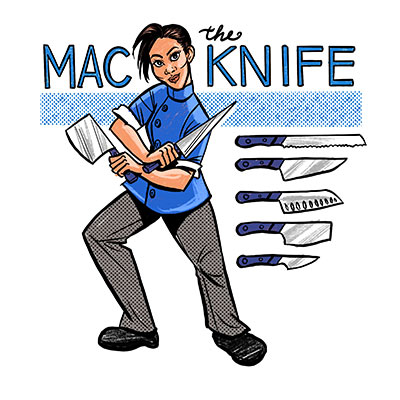The Culinary Arts
The Culinary arts is the craft of preparing and serving food to eat. We use flavors, shapes, sizes, colors, aromas and textures from around the world to create meals that are appealing to our senses and keep us nourished. These skills, techniques, tools and recipes have been honed and passed down by chefs and cooks over many generations. As people have migrated over the years from small separated tribes to our interconnected world, we can see our flavors, cultures and skills melt into something more vibrant and enjoyable for all.
Experience New Flavors and Cultures
It is important to have a diet that includes a wide range of foods. This will give you the opportunity to taste new flavors and get all of the nutrition that your body craves. You should also be open to trying different foods that you have never tasted. You will find that as humans our food, flavors and cultures are all interconnected. As a new cook it is important that you expand your taste experiences and see the connections between all of us. This will make you a more skilled and connected cook.
Dietary Guidelines/Restrictions: What Do They Mean?
When preparing food for others, it is important to know the meaning of some common dietary limitations. You don’t want to serve up anything that will make someone sick or compromise their religious beliefs or diet choices.
Hallal: Processing methods and food permissible by Islamic laws. Hallal meats are often available at Hallal and Arabic markets. You can now find these products at your local grocer and big box stores like Costco.
Kosher: Food processing and cooking that meets Jewish religious standards. In order for food to be kosher, a rabbi must bless the preparation areas, and any meat must be blessed and slaughtered in a quick, humane way. You cannot mix milk and meat together. Kosher products will be marked using P, U or K symbols on the packaging.
Lactose Intolerance: Not able to properly digest milk or milk products. If someone who is lactose intolerant eats dairy products, it will cause wicked gas and serious stomach pain. Not Cool!
Vegan: A diet that does not include any meat or animal byproducts such as milk, cheese or eggs and even honey or gelatin. Eggs are used to bind food together, such as a meatloaf. Eggs also increase moisture and air in baked goods. In most recipes, eggs can be replaced. Natural egg replacements include flax seed meal, soda, applesauce, banana, and vegetable oil. Milk can be replaced with several options like soymilk, rice milk, hemp seed milk, and almond milk. These options are lighter in taste and texture but are still good replacements for the real thing.
Honey that is produced by bees can be replaced with agave nectar or barley malt syrup.
Vegetarian: A diet that does not include any meat. There are many different styles of vegetarian, but this is the basic principle. People will eat a vegetarian diet for many reasons, such as moral and religious beliefs and health benefits.
It is important that vegetarians eat the right amount of protein and keep up with vitamins and minerals. Some meat substitutes include food made from tofu, tempeh, seitan, and textured soy protein. These can be seasoned and marinated to increase flavor. Beans, vegetables, and whole grains add a hearty, filling quality to vegetarian meals.
Gluten Free: Gluten is the protein in wheat and grain that gives breads structure and shape. Some people who have a stomach disorder called Celiac Disease cannot eat products with gluten. If they do, they can have a heavy-duty stomachache, bloating and indigestion.
Raw Food: This diet is based on eating raw, unprocessed foods in there most natural state. You can enjoy fresh fruits, nuts, fresh beans, sprouted grains, raw dairy, eggs, meats and fish below 118 F.
Peleo: Eat like a caveman/person which means you keep to nuts, seeds, healthy oils, fiber rich fresh fruits and vegetables, lean meats and fish. Stay away from processed foods, dairy, refined sugars, legumes and salt.








